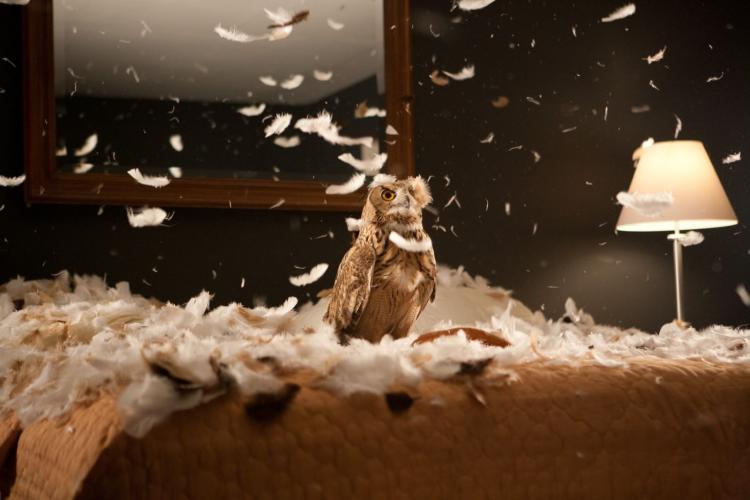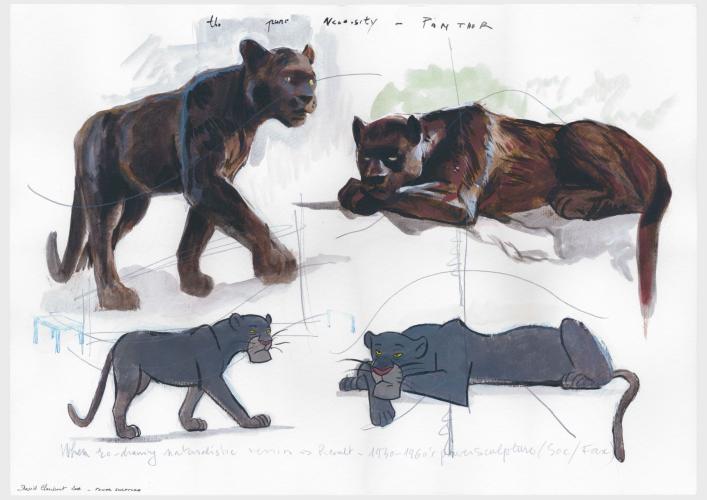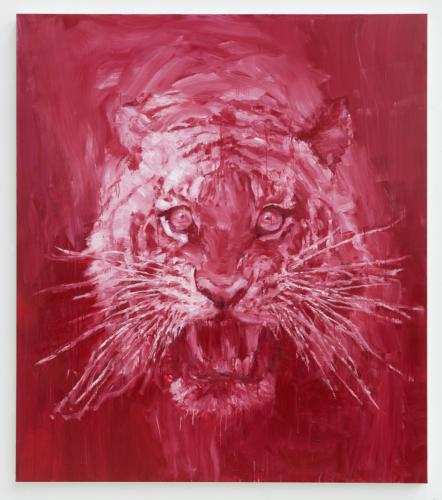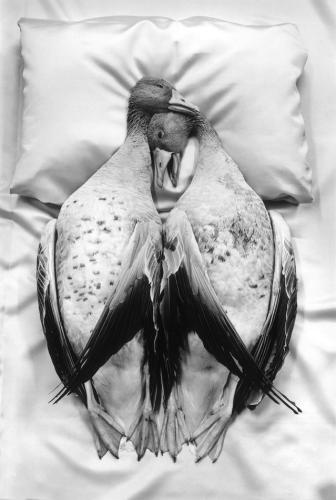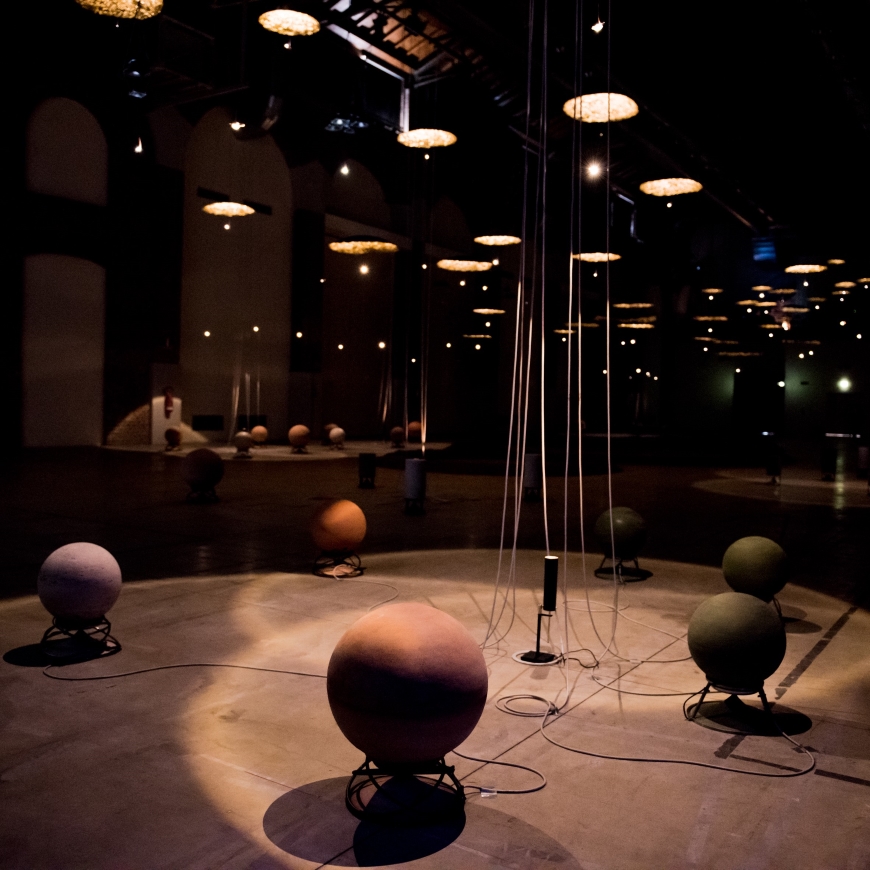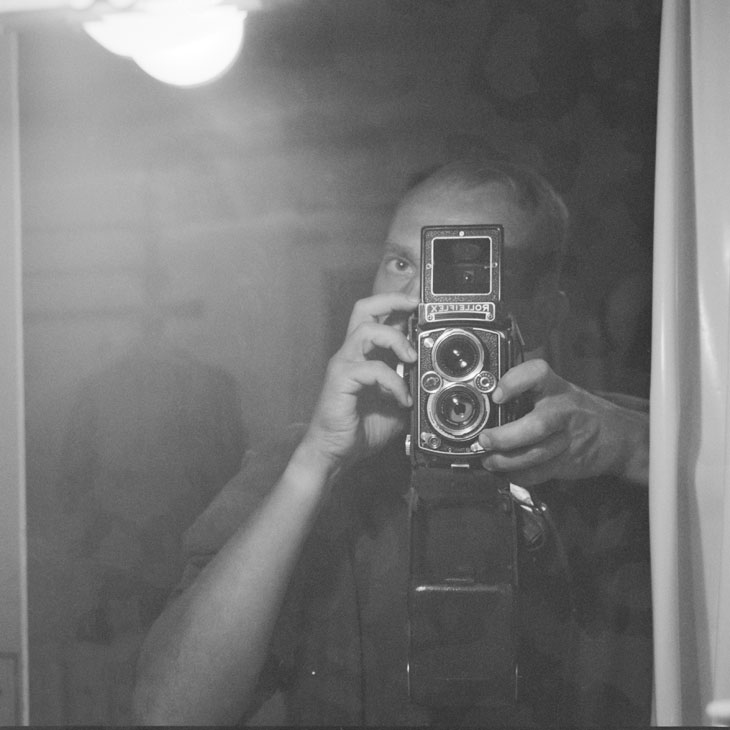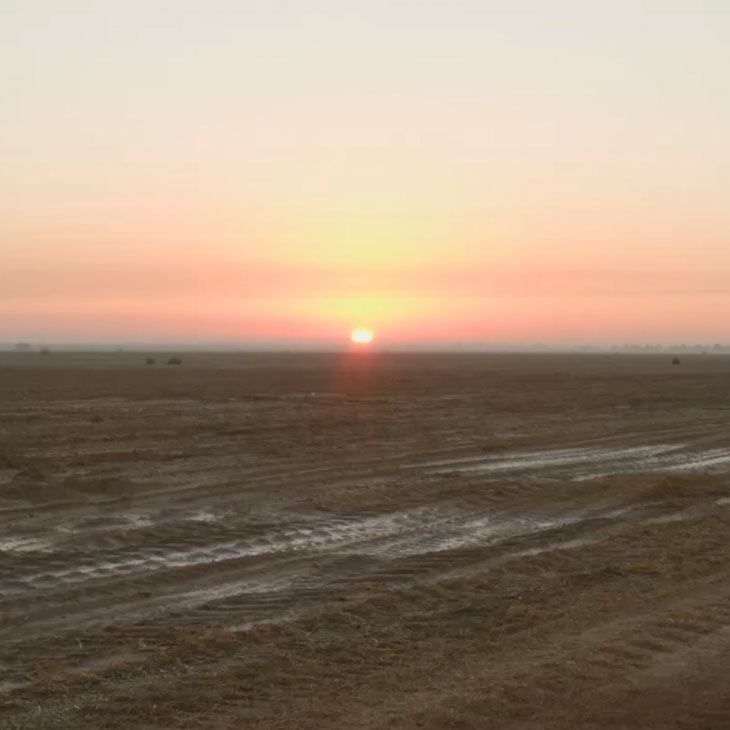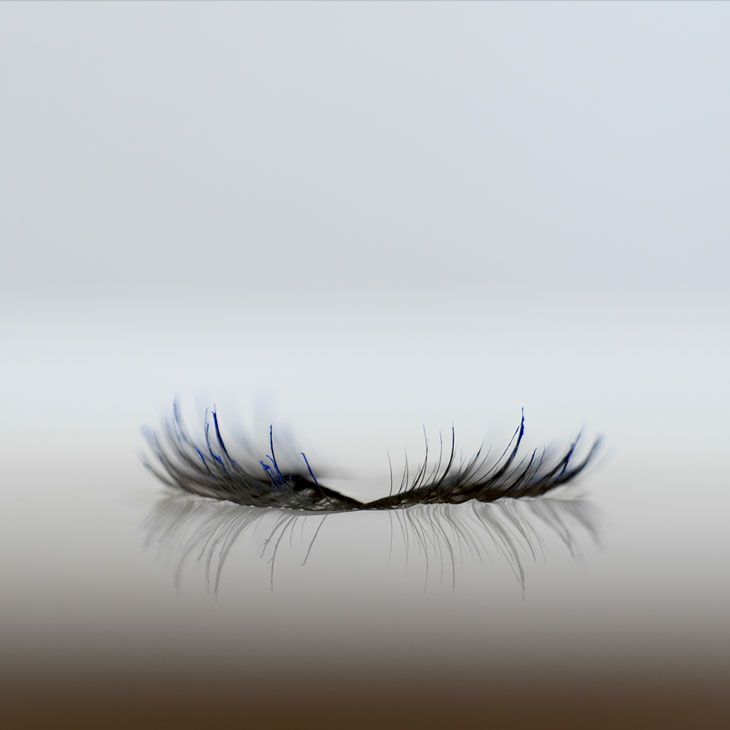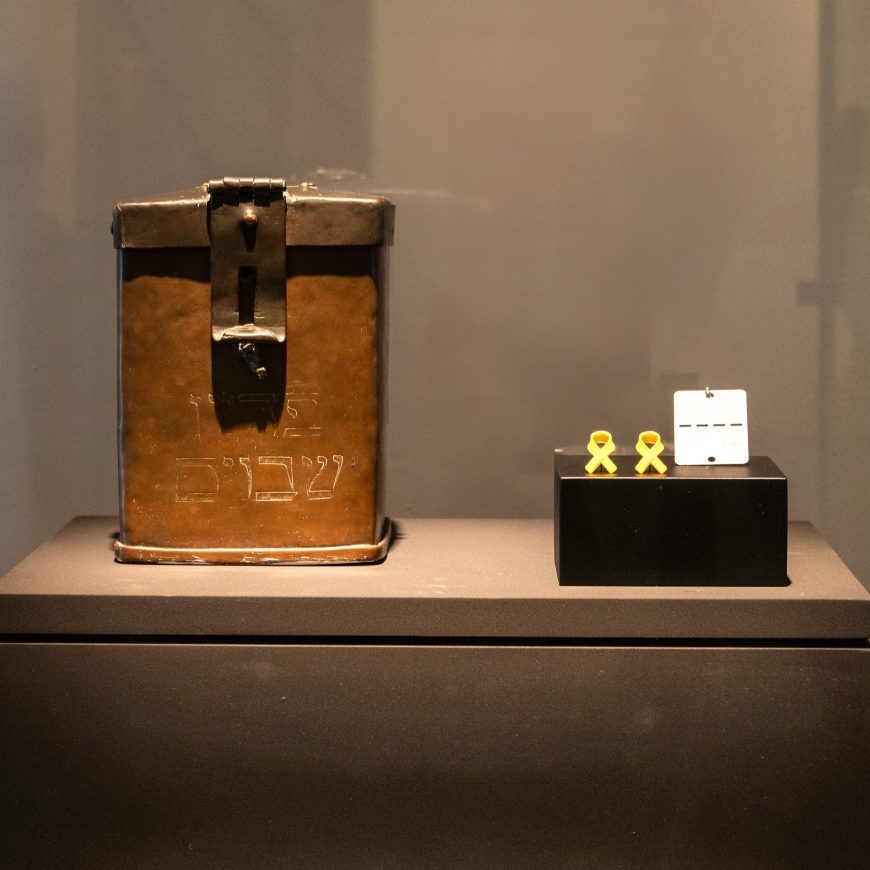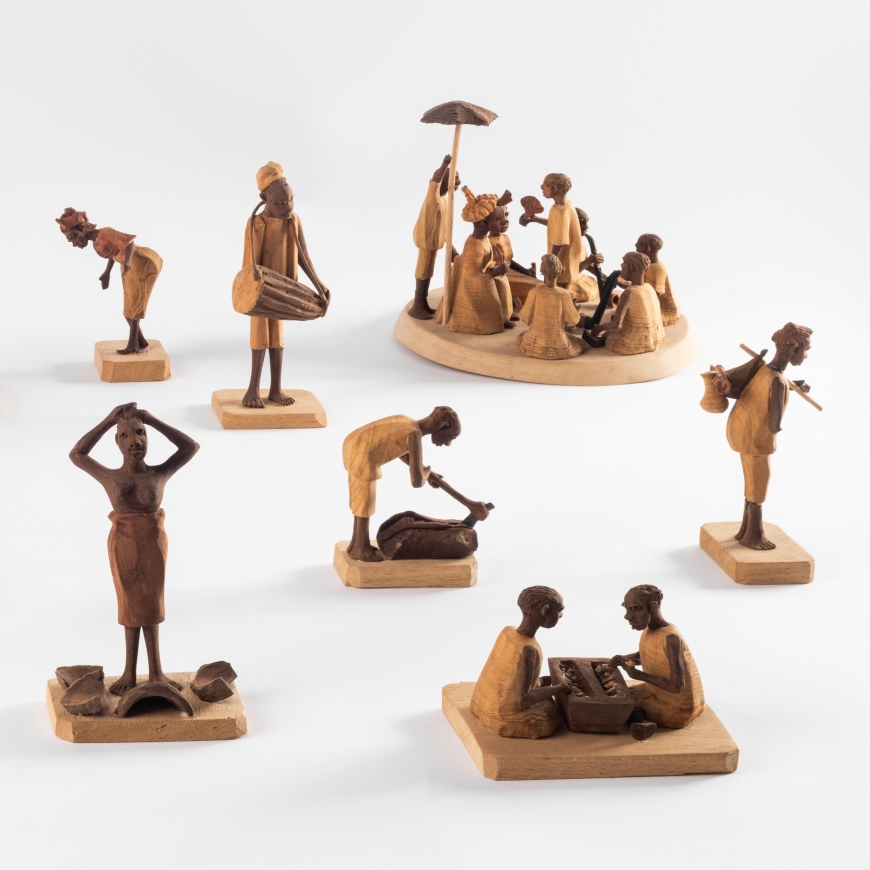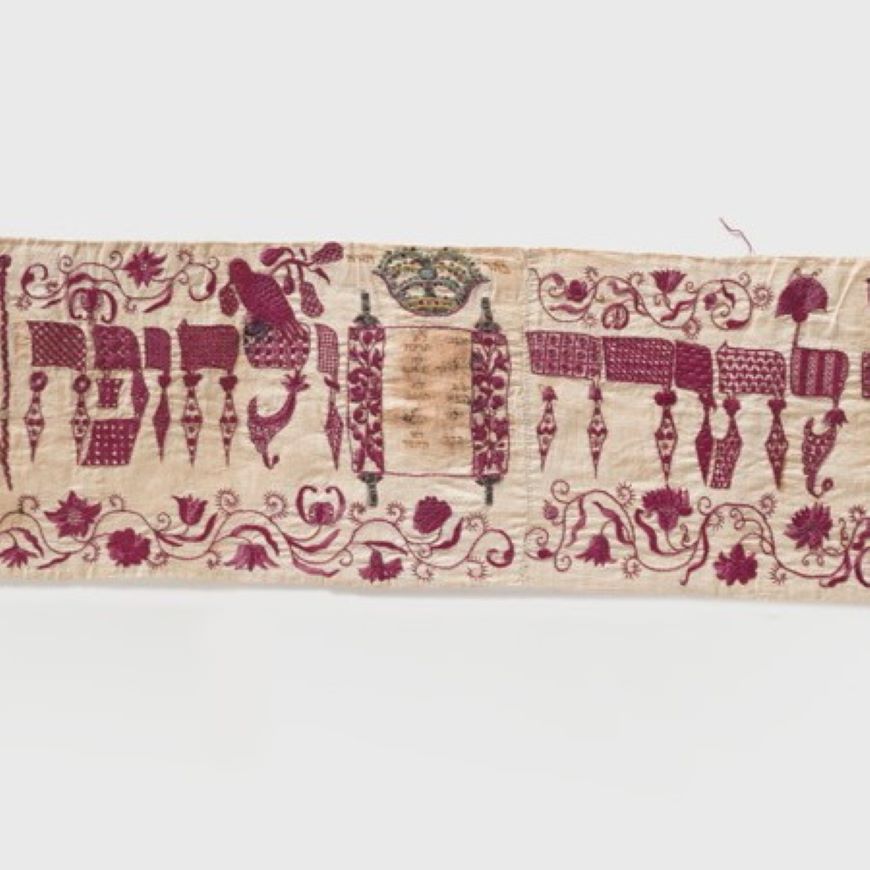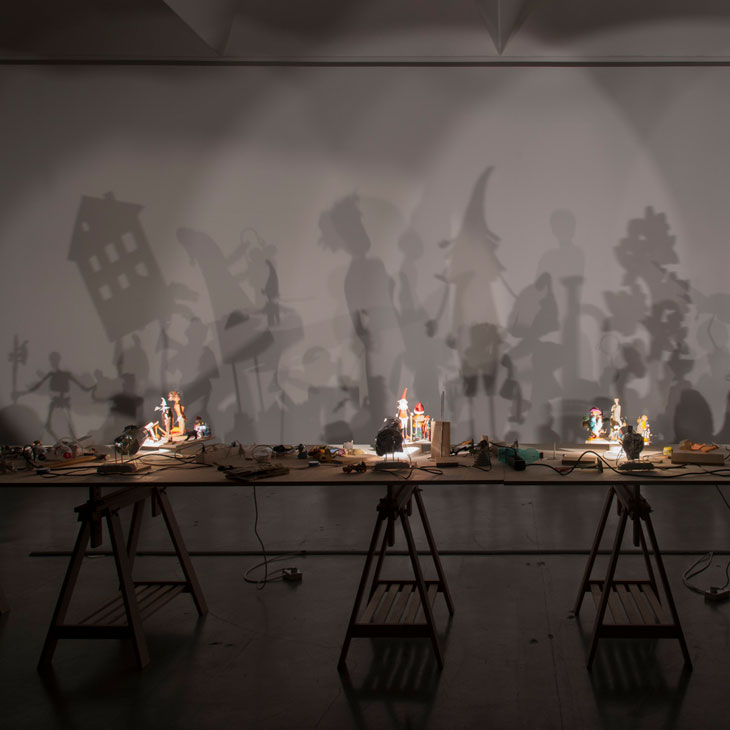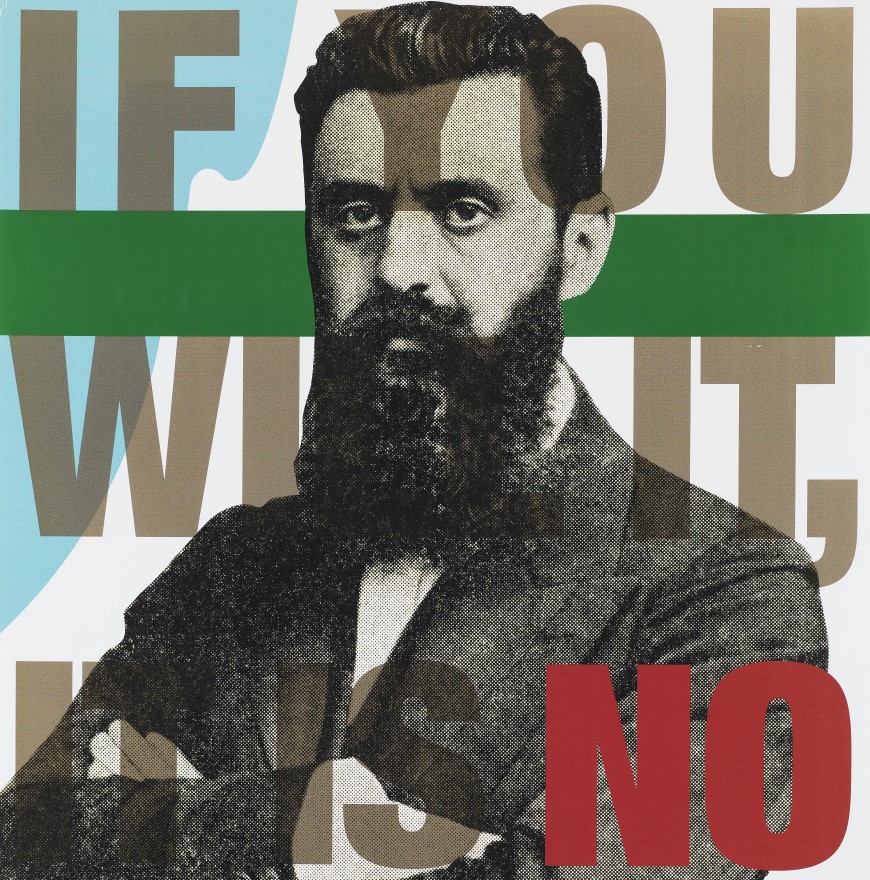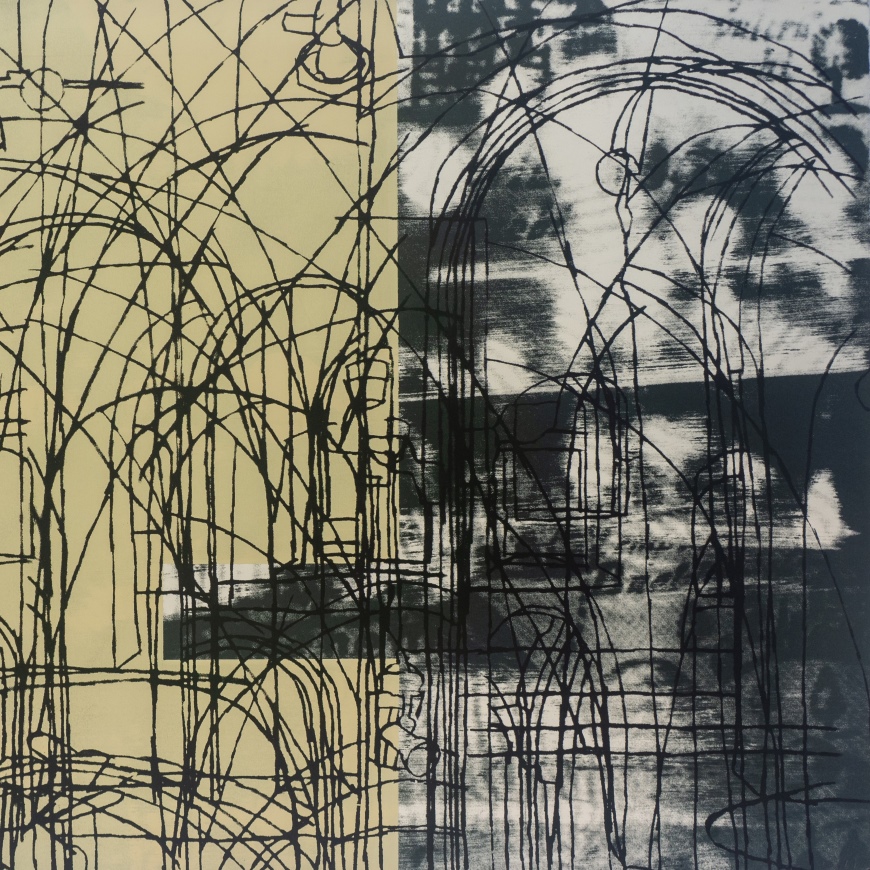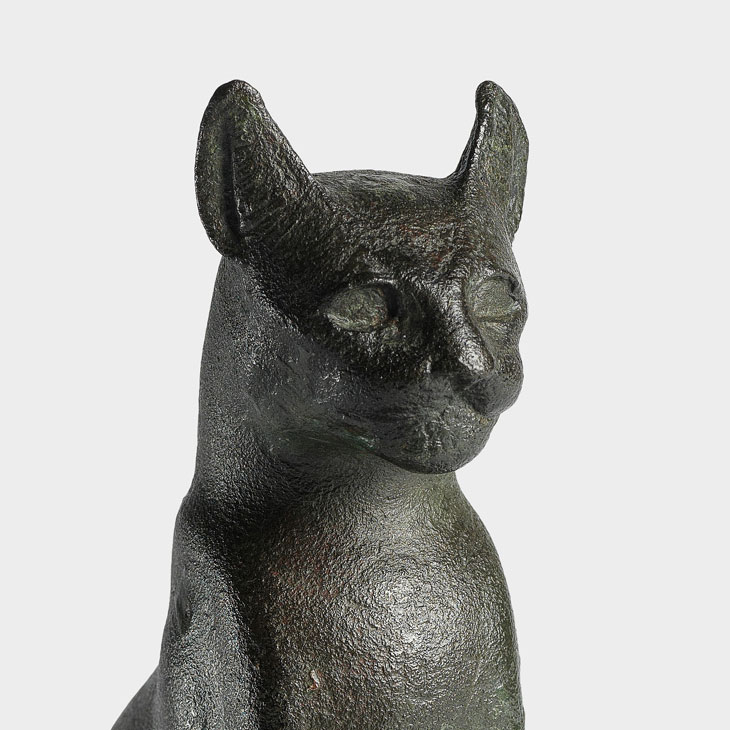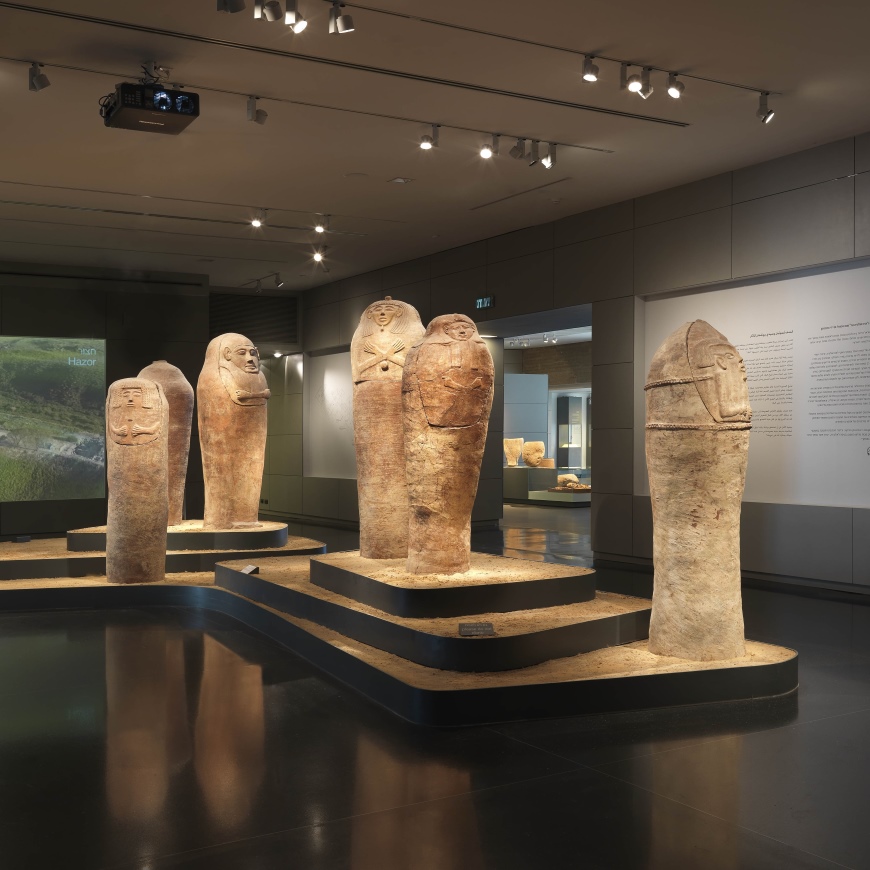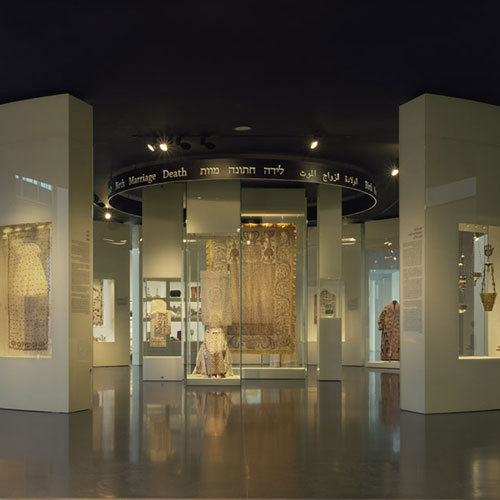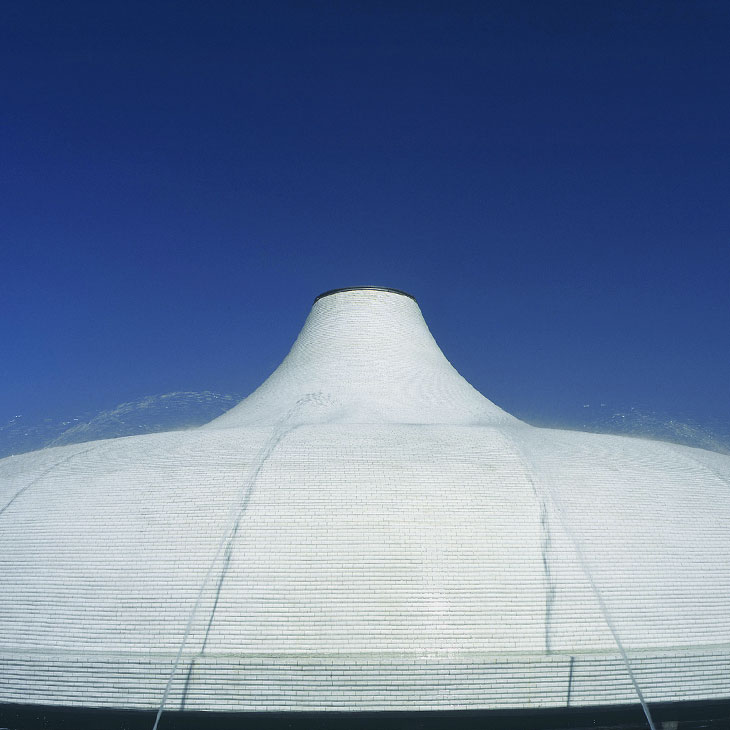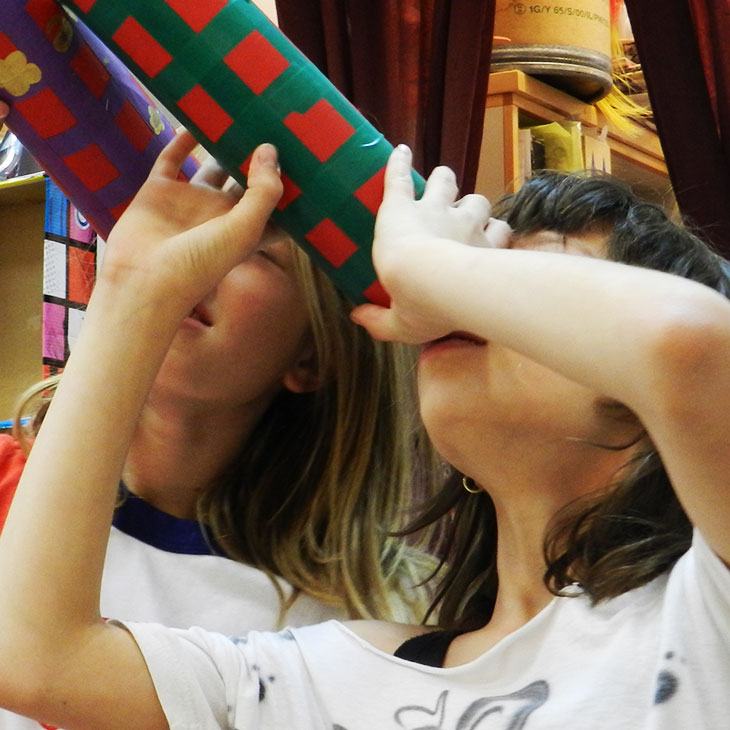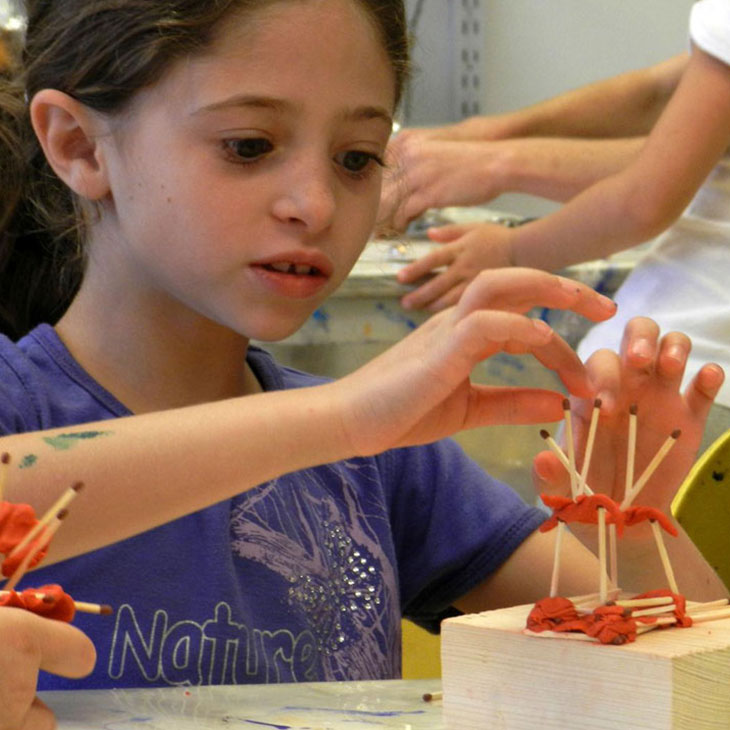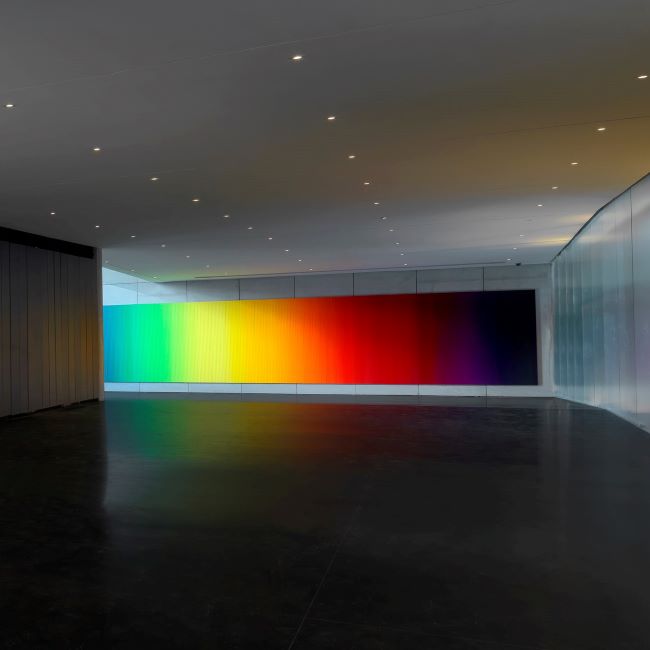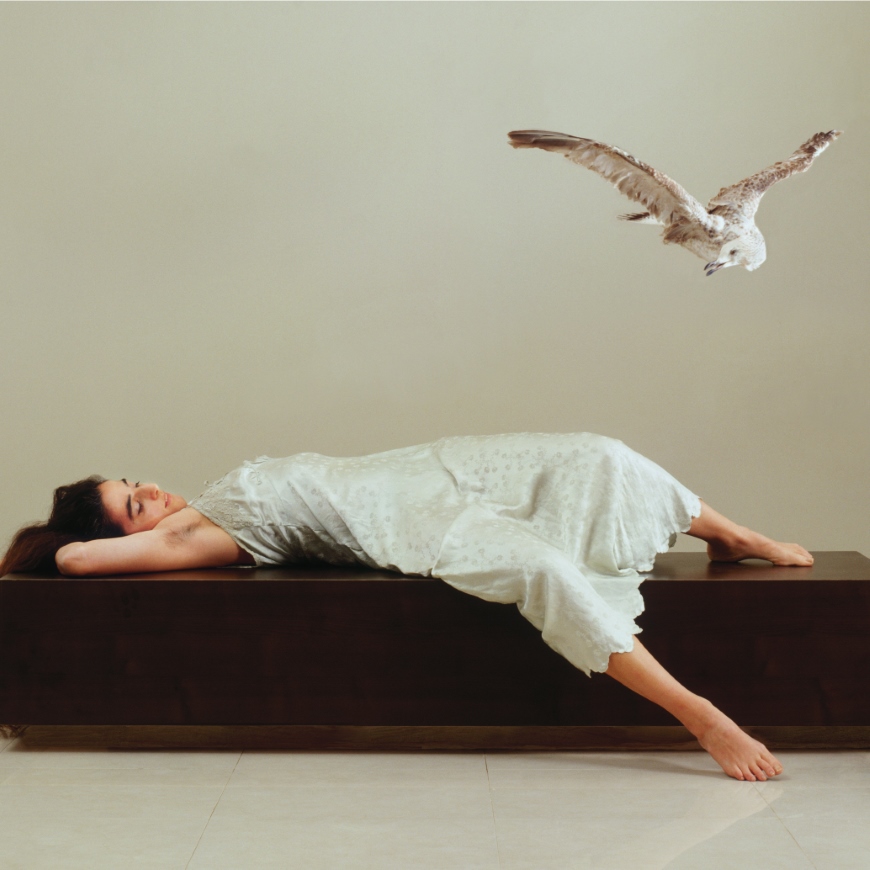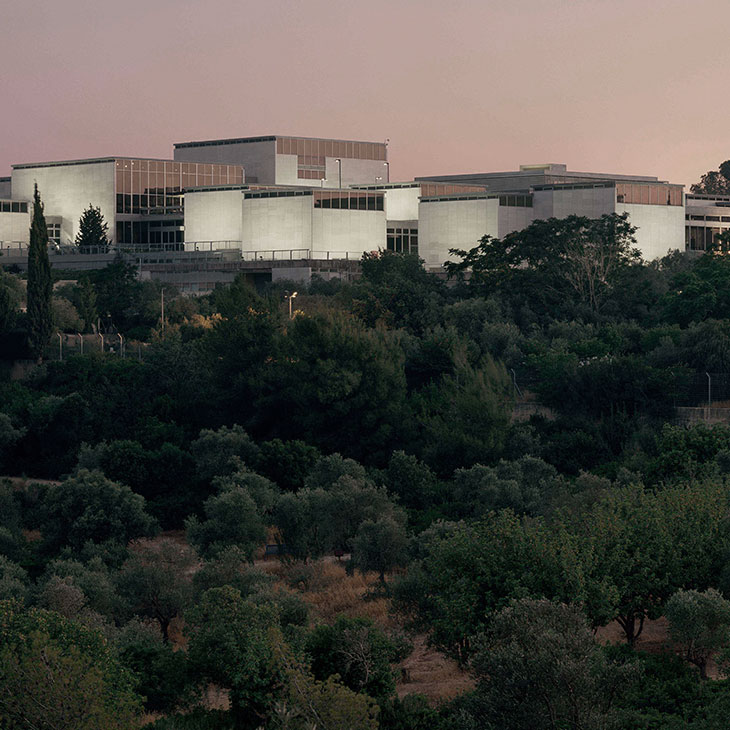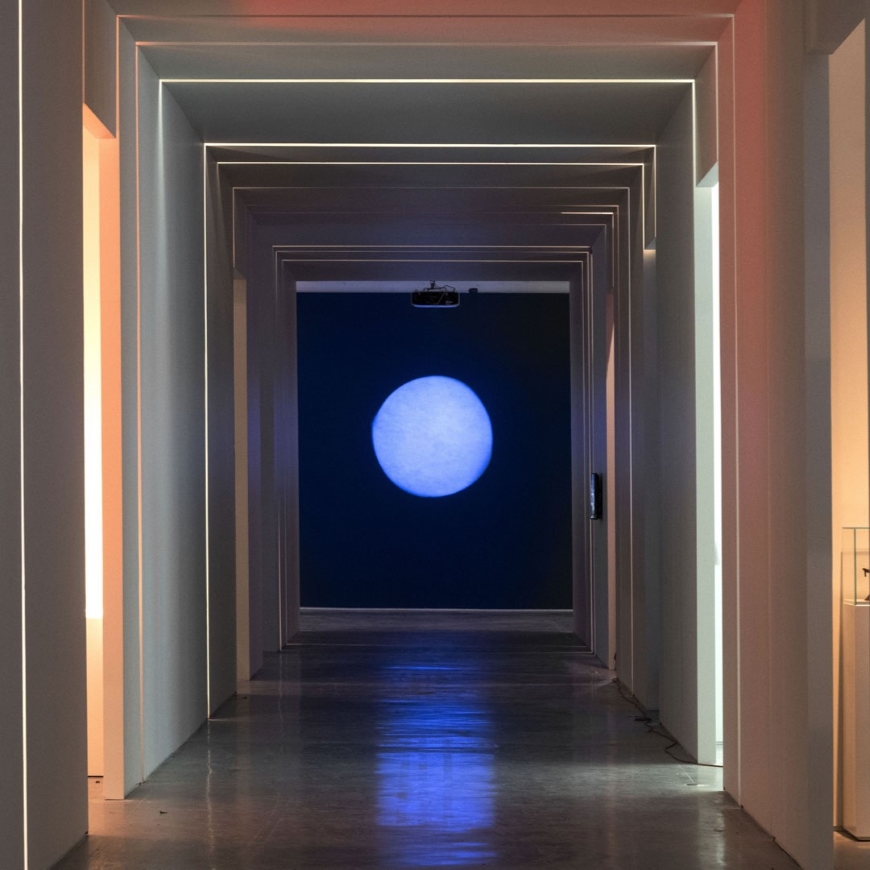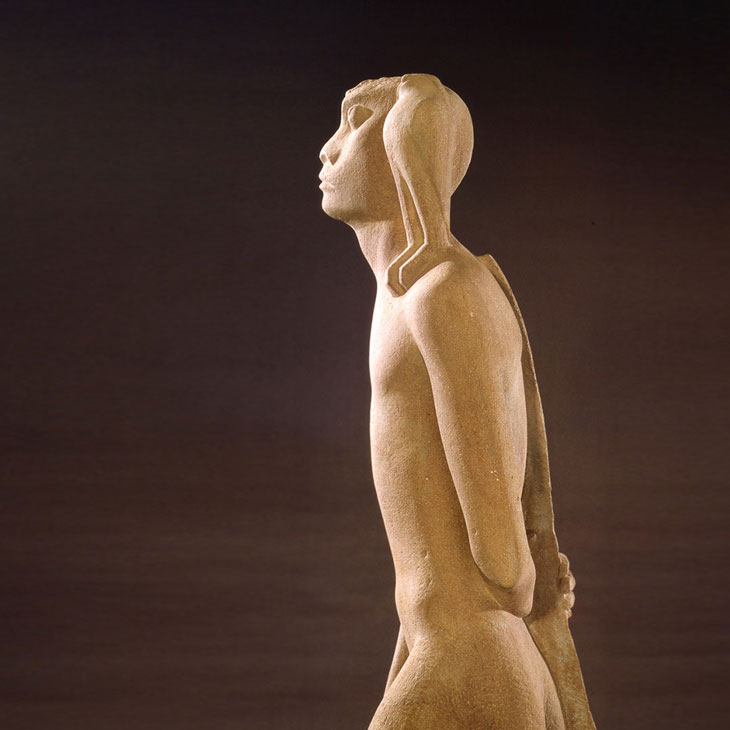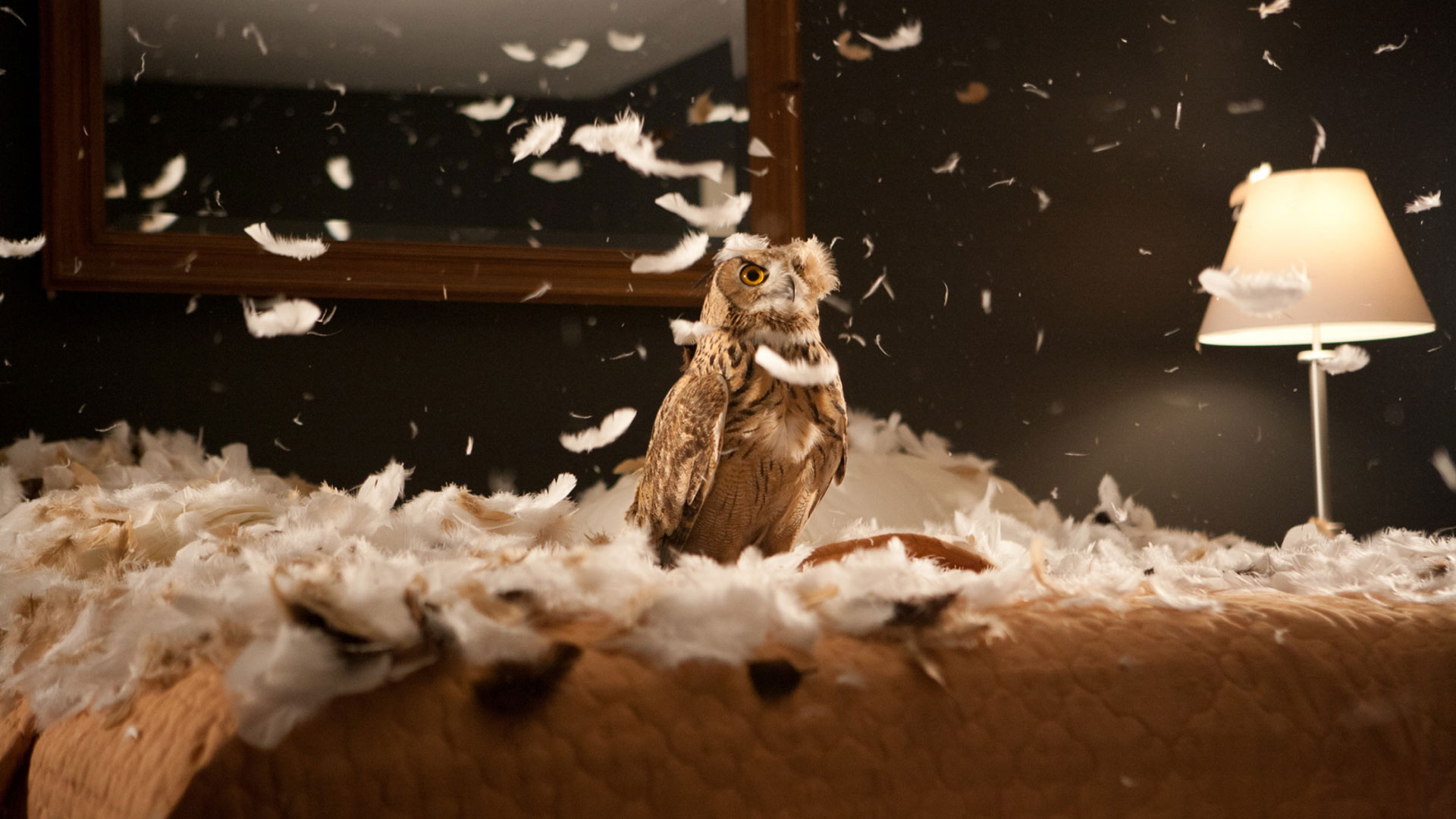
Facing the Wild
The Jungle Book Revisited
-
December 14 2022 - June 17 2023
Curator: Talia Amar
Assistant curator: Shelley AdelsonDesigner: Shirley Yahalomi
-
Ayala Zacks Abramov Pavilion and Design Pavilion
The relationship between human beings and the animals that share our world is the starting point for this exhibition. Do we co-exist with our fellow animals, or do we live in a state of perpetual tension with our “untamed” surroundings and with the wild animals that inhabit them? What is the delicate balance between civilization and nature? And how does our attitude to animals define who we are?
Every human culture has developed symbols from the animal world, asking what is human and what is animalistic. At times the response to animals focuses on escaping or exploiting them; at times humans express empathy and kindness. Books, films, and artworks are filled with longing for an imaginary primal nature, in which people either live in harmony with animals or subdue them. Some wild animals came to be regarded as exotic and dangerous, while others were appealing and unthreatening. In myths and fables, in stories for children and adults, animals were presented as talking to each other or to humans. Such is the case in The Jungle Book by Rudyard Kipling, published in 1894, and in the 1967 Walt Disney animated film that is loosely based on Kipling’s book. Though both pose problems for 21st-century audiences, they also raise compelling questions about the relationship between humans and animals.
The exhibition follows a few characters from The Jungle Book that have broken out, leaving a fictional jungle to engage with the human jungle. From works that have a whimsical or utopian feel, the exhibition proceeds to art that contends with harsh realities and to a more tragic, apocalyptic place. At times the artworks on display relate to actual animals; at times they present animals as symbols for instinct, aggression, or fear. An animal may embody something natural and wild in humans that is covered over by a veneer of civilization. The wild animal may be a metaphor for how human beings abuse one another, and even for the way in which entire cultures have been suppressed or extinguished by human actions.
At a time when humans have unprecedented power over the planet’s other species, contemporary artists are investigating “the animal question” via the word and the gaze: how we look at animals, and how animals look at us. Once, there may have been some mutuality to that gaze, but not for long. Human beings look down on animals, using language and imagery to distance themselves. In this hierarchical, violent power game, it is often difficult to distinguish between what is wild and what is civilized. The identity of hunter and hunted, predator and prey, becomes unclear – who is the wild beast here?
Please note: This exhibition contains works that some might find upsetting
https://www.youtube.com/embed/RhaqVgL7_1c
David Claerbout, born Belgium 1969
The Pure Necessity, 2016
Single-channel projection, 2D animation, stereo sound, 50 mins.
Courtesy of the artist and Esther Schipper, Berlin; Sean Kelly, New York
© The artist and Esther Schipper, Berlin; Sean Kelly, New York
- Apr 21Apr 24Apr 28May 05May 08May 12May 15May 19May 22May 26May 29
- Apr 21Apr 28May 05May 12May 19May 26
- Apr 21Apr 24Apr 28May 05May 08May 12May 15May 19May 22May 26May 29
- May 05May 12May 19May 26
- May 06May 13May 20May 27
- Apr 22May 06
- May 06May 13May 20May 27
- May 06May 27
- May 06
- May 06
- May 06Jun 10
- May 08May 15May 15May 22May 29
- May 08May 15May 22May 29
- May 08May 15May 22May 29
- May 08
- Apr 24May 08May 15May 22May 29
- Apr 26May 02May 03May 09May 10May 16May 17May 23May 24May 30May 31
- May 03May 10May 17May 24May 31
